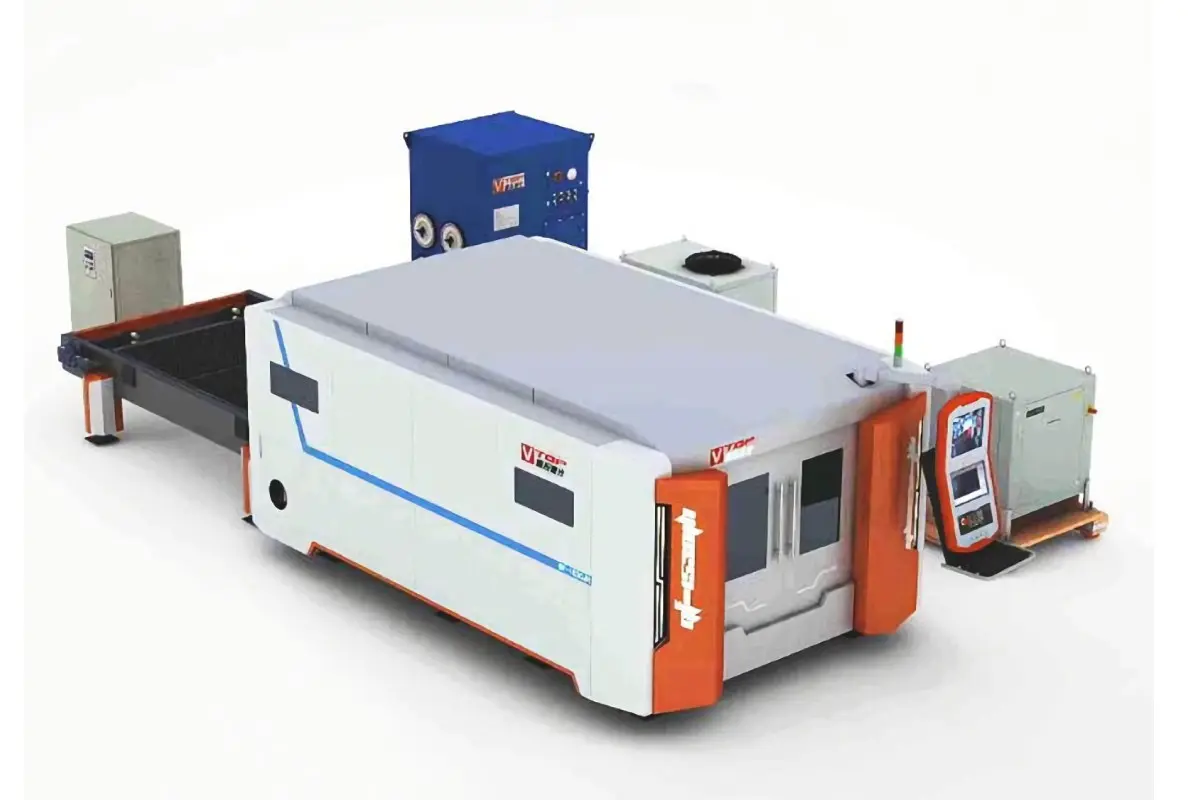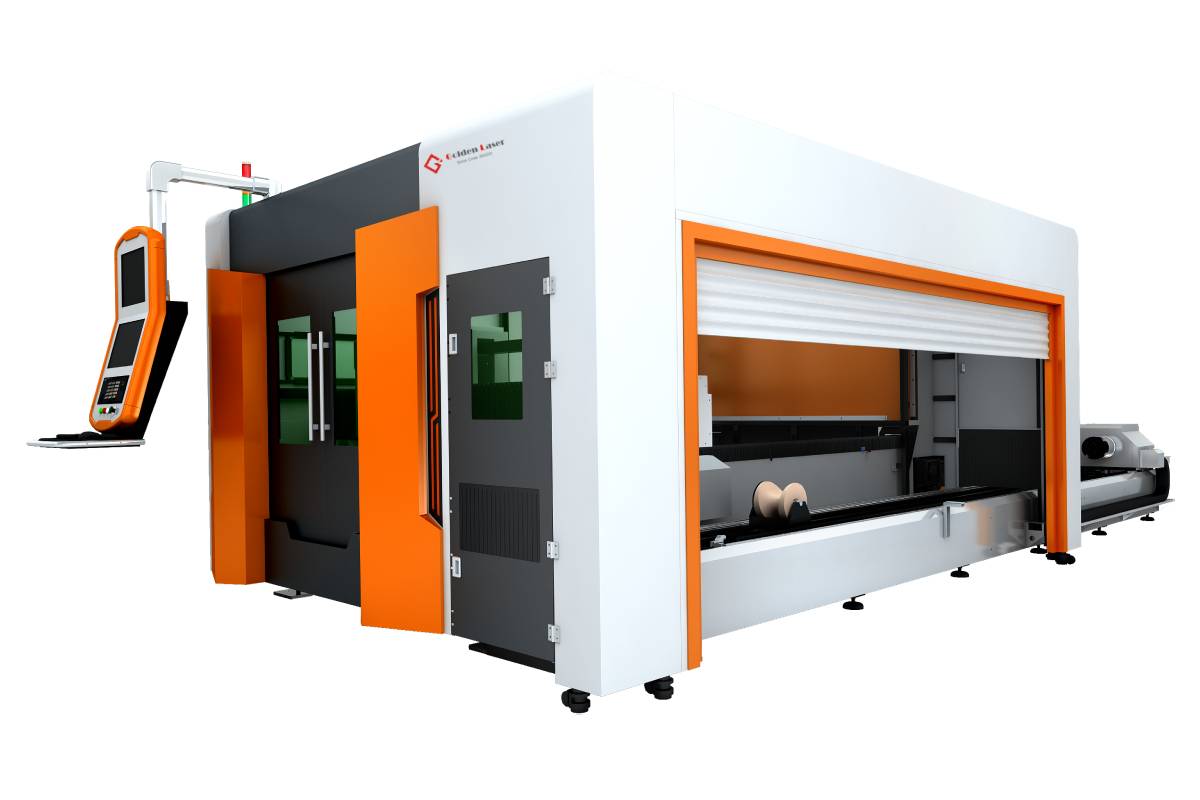****
In the metal fabrication industry, the efficiency of processing materials is crucial for increasing productivity and reducing costs. Among the various tools that play a pivotal role in this sector, iron cutting machines stand out as essential pieces of equipment. The demand for these machines continues to grow as industries require precision, speed, and reliability in their operations. With advancements in technology, iron cutting machines have evolved significantly, offering enhanced capabilities that drive innovation in metalworking processes.
Iron cutting machines are designed to slice through steel and other ferrous metals with precision. Traditionally, various manual and mechanical methods were employed for this purpose, including saws and shears. However, the advent of CNC (Computer Numerical Control) technology has transformed the landscape of metal cutting. Today, CNC iron cutting machines leverage computer programming to automate the cutting process, ensuring accuracy and consistency that manual operations simply cannot achieve.
One considerable advantage of modern iron cutting machines is their ability to execute complex cuts and designs easily. With the use of CAD (Computer-Aided Design), operators can design intricate components, and the machine replicates these designs with high fidelity. This level of precision is particularly important in industries such as aerospace, automotive, and construction, where even minuscule discrepancies can lead to significant structural failures. As a result, manufacturers are increasingly investing in iron cutting machines to ensure the quality and reliability of their products.
Moreover, advancements in laser cutting technology have further enhanced the capabilities of iron cutting machines. Laser cutting offers the ability to cut through dense materials with minimal thermal distortion, leading to cleaner edges and reducing the need for secondary processing. This technology allows operators to achieve fast cutting speeds without sacrificing quality, leading to increased productivity. The adaptability of laser cutting machines to handle various thicknesses and types of iron also makes them invaluable in today’s ever-demanding market.

Innovations and Advancements in Iron Cutting Machines: The Future of Metal Fabrication Industry
Another area of progress is the introduction of hybrid machines that combine different cutting technologies, such as plasma and laser cutting. By integrating multiple cutting methods, these machines can perform a wider range of tasks, making them highly versatile. This capability is particularly beneficial for businesses that require both speed and precision, as operators can select the optimal cutting method based on the specific project requirements.
In addition to speed and versatility, energy efficiency is becoming increasingly critical in the selection of iron cutting machines. Manufacturers are becoming more environmentally conscious, seeking machines that reduce energy consumption without compromising performance. Newer models often incorporate features such as programmable power management systems that optimize energy use during operation, thus lowering the carbon footprint associated with metal cutting processes.
Furthermore, innovations in software have significantly improved the user experience associated with iron cutting machines. Advanced interface designs and user-friendly controls allow operators to quickly set parameters, monitor performance, and troubleshoot any issues that arise. Such intuitive systems help mitigate human error and streamline operations, leading to less downtime and enhanced productivity.

Innovations and Advancements in Iron Cutting Machines: The Future of Metal Fabrication Industry
Safety also remains a crucial consideration in iron cutting operations. Modern iron cutting machines are equipped with advanced safety features that protect operators from accidents. These can include sensors that stop the machine if any irregularities are detected or automatic shut-off systems that engage when operators are not present. By prioritizing safety, manufacturers ensure a secure working environment, ultimately contributing to long-term sustainability.

Innovations and Advancements in Iron Cutting Machines: The Future of Metal Fabrication Industry
The investment in iron cutting machines requires consideration of various factors, including cost, maintenance, and technological compatibility with existing systems. However, the long-term benefits they offer, such as increased productivity, reduced waste, and improved product quality, often outweigh the initial expenses. As industries continue to evolve and adopt newer materials and practices, the importance of efficient iron cutting solutions will only grow.
In conclusion, iron cutting machines are at the forefront of advancements in the metal fabrication industry. With innovations in technology, safety, and efficiency, these machines are essential for businesses aiming to maintain a competitive edge in today’s market. As the industry evolves, so too will the capabilities of iron cutting machines, driving further innovations and enhancing productivity in metalworking applications worldwide. High Precision Metal Cutting Machine
